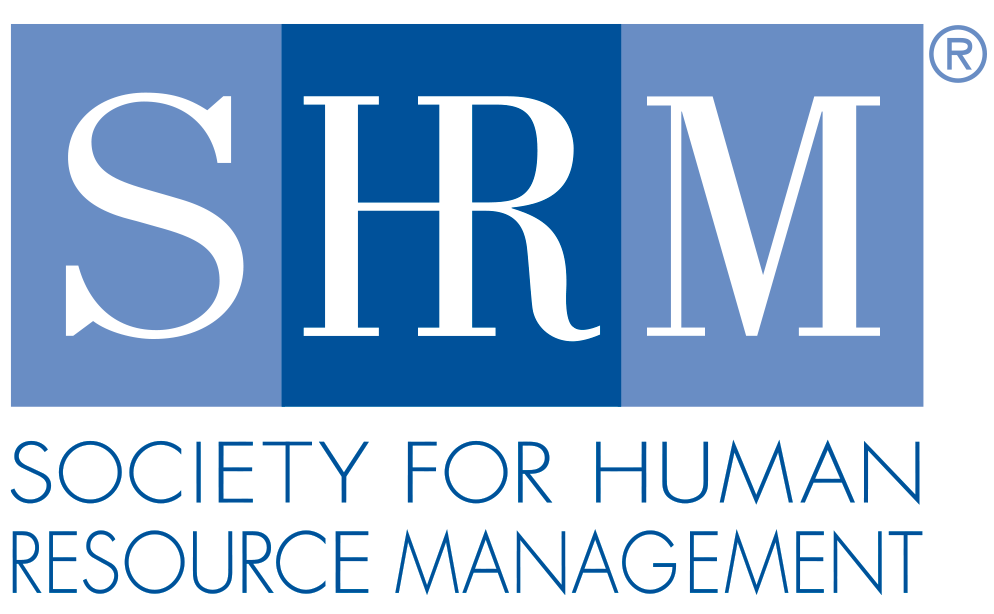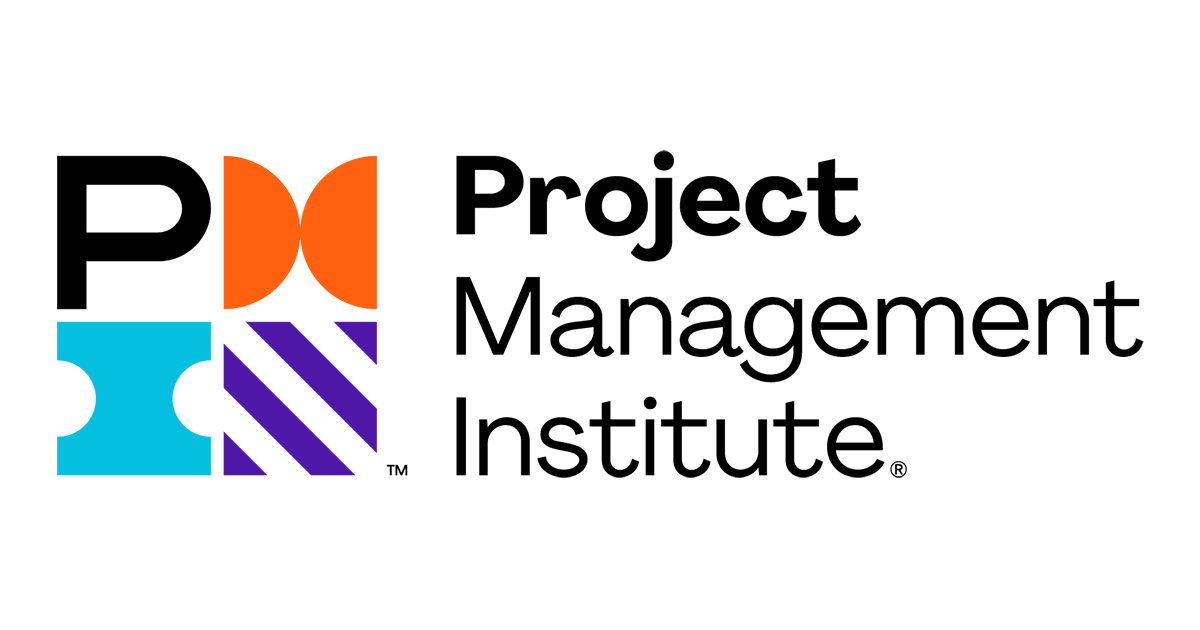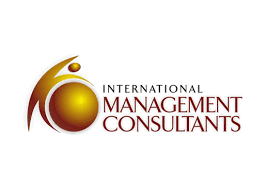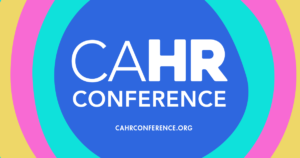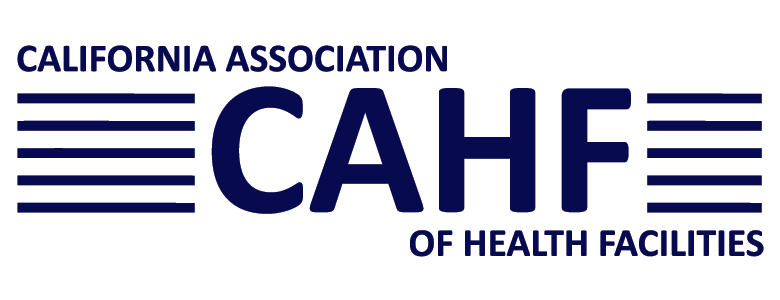

ACTIONABLE STEPS TO TURN AROUND A TOXIC WORKPLACE CULTURE
Company culture is the best way to attract, retain and motivate employees. In other words, an inclusive and respectful company culture is a competitive advantage. So how do you get there? We’ve spent almost 15 years curating a process that you can tailor to your organization and that is guaranteed to build a more inclusive, civil – and dare we say – AWESOME company culture. Attend and learn the real, tangible, and actionable steps to building a better workplace culture, using Civility Partners’ proven method for positive culture change.
At the end of this presentation, attendees will be able to:
- Confidently discuss the similarities and differences in bullying and harassment, and bullying and workplace violence
- Understand negative behaviors as a social phenomenon that includes peers, leaders, and the organization’s culture
- Conduct a simple survey to gain understanding of your company culture
- Confidently create an action plan to build a positive workplace culture and track progress
- Use the three steps of intervention to help abrasive leaders change their ways
WORKPLACE BULLIES & ABRASIVE LEADERS: WHY THEY ACT THAT WAY & HOW TO MAKE THEM STOP
They overreact, they are controlling, they make threats and humiliate others… they are bullies, abrasive leaders, or workplace meanies. While they may be valuable to your organization given their ability to drive results, they also cost your organization in lowered morale, increased absenteeism, and in retaliation against you, the employer. Learn why abrasive people act this way (hint, it’s not because they are evil psychopaths) and how to make them stop with a tried and true method that really works.
At the end of this presentation, attendees will be able to:
- Understand the concept of workplace bullying on a deeper level and how it relates to conflict, harassment and workplace violence
- Describe why people engage in bullying behavior and the employer’s role in facilitating it
- Use a very specific tactic to overcome the justification and denial of toxic behavior when it’s addressed with the abrasive leader
- Understand a coaching method proven to help abrasive leaders change to ensure a better work environment
ADDRESS BURNOUT AT THE ROOT CAUSE: COMPANY CULTURE
McKinsey Health Institute reports that toxic work culture is the number one reason for burnout – in other words, if you’re not addressing your toxic work culture then your health and well-being efforts to offset burnout are just a band-aid. Of course YOU don’t have a toxic culture… right?
Except that an MIT Sloan Management Review article found the biggest predictor of the Great Resignation is toxic culture. Pew found the top three reasons for the Great Resignation are pay, no opportunities for advancement, and feeling disrespected at work. Stop with the mediation apps and extra PTO – as long as that one leader is a bully, people are overworked, and teams don’t feel collaborative, you’re going in circles.
At the end of this presentation, attendees will be able to:
- Define stress and burnout and recognize its consequences both physically and mentally
- Discover how five clear dimensions of culture can support work-life balance, and begin to unpack where your culture may be suffering
- Identify the right assessment for measuring the current state of your culture
- Develop tools for creating an action plan to address the assessment results that includes strategies for building selfcare, mental health and stress management into company culture
- Identify the one main skill your employees need, and that you haven’t been focused on, that’ll change your culture for the better
LEAN INTO ONBOARDING AND PERFORMANCE MANAGEMENT TO BUILD COMPANY CULTURE
Organizations often have orientation programs to provide new hires with information on procedures, policies, job responsibilities, and using the employee portal. However, the importance of onboarding, which integrates new employees into the company culture, is often overlooked.
The systems and processes within an organization significantly influence its culture and can inadvertently convey certain messages. For instance, if feedback or suggestions from employees go unanswered and unacknowledged, it implies a culture that doesn’t value input or innovation. Similarly, performance management systems can either empower or hinder employees and their growth, thereby shaping the organizational culture.
By establishing a collaborative performance process, the organization fosters daily interactions among employees and managers. A successful onboarding program enhances employee satisfaction, retention, and engagement, ultimately leading to a more collaborative and productive organization.
At the end of this presentation, attendees will be able to:
- Discover the ROI and the gaps in their current onboarding and best practices
- Recognize the key aspects to a successful onboarding program
- Discover ways to involve the entire organization in new hire onboarding
- Identify ways to tie organizational core values into performance management
- Identify key learning objectives for manager training around performance management
- Gain tools for implementing a performance system that encourages employee buy-in
FROM BYSTANDER TO UPSTANDER: BEING AN ALLY TO CREATE AN INCLUSIVE WORKPLACE
Everyone – from entry level to C-Suite Executives – is responsible for exemplifying and reinforcing positive, civil behavior if you’re to build an inclusive and respectful work culture. That means they need actionable tools for addressing non-inclusive behavior when they witness it. Attend this session to gain tangible tools for creating an inclusive workplace, where every employee is involved in protecting and sustaining a positive culture.
At the end of this presentation, attendees will be able to:
- Identify the various roles that allies play (e.g. advocate vs. sponsor) in negative situations, and reflect on their own roles in these social phenomena
- Define the origins of bias, and four different types of bias easily seen at work
- Define risk factors that increase our likelihood to engage in bias, and minimize those risk factors in order to minimize bias
- Combat microaggressions using tried and true intervention methods
- Facilitate and participate in inclusive meetings by creating a code of conduct and ensuring all measures are taken to ensure inclusivity
- Identify resources for educating themselves on inclusive behaviors
IT'S NOT INCLUSIVE IF IT'S NOT PSYCHOLOGICALLY SAFE: A KEY COMPONENT TO INCLUSIVITY & EQUITY
Too often, employers implement harassment prevention, safety, innovation and inclusivity initiatives as separate programs – and rarely is psychological safety a main focus. However, all require psychological safety to be successful, and the workforce requires it to thrive. This presentation will highlight the importance of psychological safety as a basic human need, and provide clear and actionable tips for building a culture where people can bring their whole-self to work.
At the end of this presentation, attendees will be able to:
- Define and describe psychological safety as an inherent and basic human need
- Dissect the ways in which psychological safety influences behavior, performance, innovation and learning – and is paramount to your inclusion initiatives
- Through several case studies, identify how to detect a lack of psychological safety in your workforce and construct clear and tangible solutions for improvement
- Devise a personal action plan for building psychological safety in your own circle of influence at work and home.
SHRM Maine State Council Presentation Attendee
Debra Dupree, MFT. Association of Conflict Resolution Section, Past Tri-Chair/Advisory Board, Past President ADR San Diego
Society for Human Resources Management Conference Attendee
“I have to say, over my career as an EAP I’ve seen similar presentations, and honestly have never been impressed by them. Yours was excellent. PowerPoints weren’t a wall of words, you included available research with citations, you cover the topic from various viewpoints and spoke to you EAP audience very appropriately, your perspective was not limited to the US.”
Jan Price, Manager Professional Learning Resources. Employee Assistance Professesionals Association (EAPA)
Some of our dazzled audiences include:
